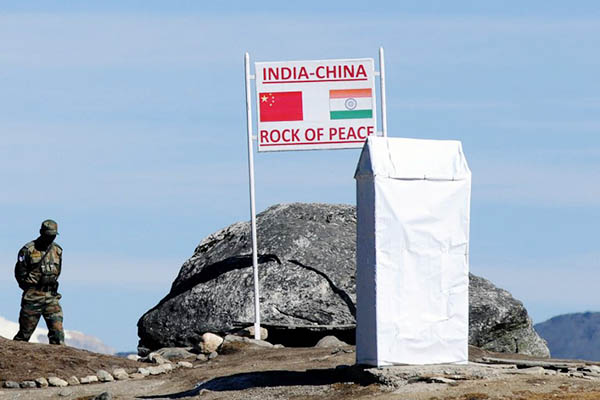
File photo. Biju Boro—AFP
The China-India border dispute has re-emerged in headlines after the U.S. said it recognized Arunachal Pradesh as a part of Indian territory, prompting Beijing to slam Washington for “interfering” in the matter. This is an unfortunate result of Washington’s ongoing bid to use India to challenge China, especially as the neighboring nations’ military officials had recently pledged to resolve the longstanding dispute “as soon as possible.” Dating back to the early 20th century, the dispute arose when Tibetan, Chinese and British-Indian leaders sat down at the Shimla Convention in 1913-14 to chalk out the Sino-Tibet and Indo-Tibet boundaries. In 1950, China annexed Tibet and laid claim to Arunachal Pradesh, which they refer to as Zangnan, South Tibet. Subsequently, the two states inked the “Five Principles of Peaceful Coexistence”—the Panchsheel Agreement—in 1952, under which India accepted China’s authority over Tibet and proposed peaceful coexistence between them.
In 1959, the Dalai Lama fled Tibet and sheltered in India, triggering a dispute in the Lhasa region of Tibet, with Beijing alleging Delhi had facilitated the strife. Three years later, in 1962, China’s People’s Liberation Army (PLA) claimed the Aksai-Chin region in the north of India, declaring it a part of Xinjiang, in addition to Arunachal Pradesh, triggering the Sino-India war. A ceasefire was declared after China reached its claim lines, but the dispute has persisted, with no progress on negotiations for an official boundary.
Since the Sino-India war, the neighboring states have engaged in various border disputes and skirmishes, while inking agreements to manage the conflict. A 1966 Agreement prohibits the use of guns and explosives near the border to avoid conflict escalation; a 1993 Agreement similarly proposes the maintenance of peace and tranquility. It is undeniable that peace between China and India is a key component for regional peace in all of South Asia. Only once the region’s three major states—China, India, Pakistan—reach an understanding, resolve disputes and resume peaceful trade and transfer of technology can they jointly improve the quality of life of their populations.
